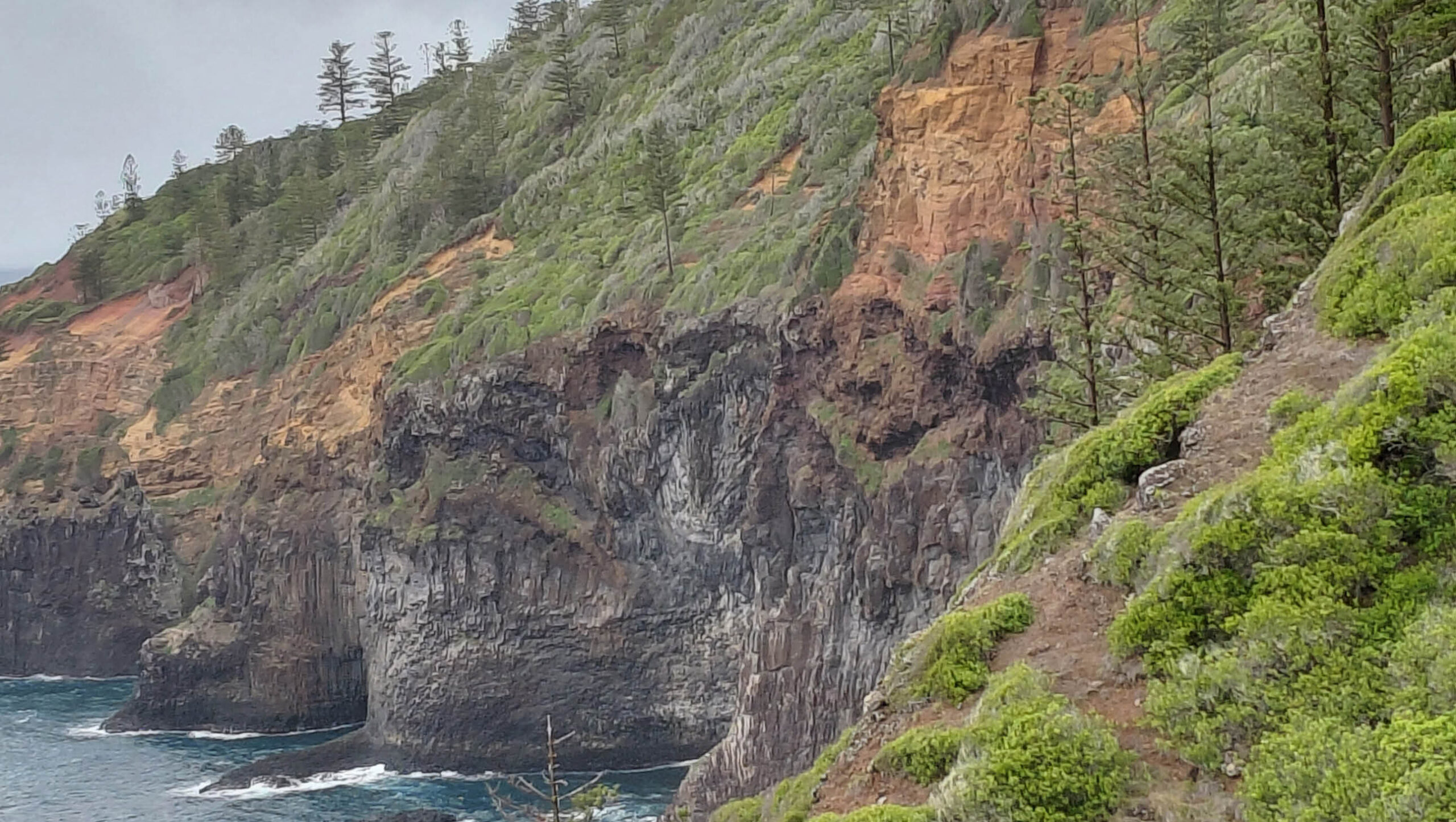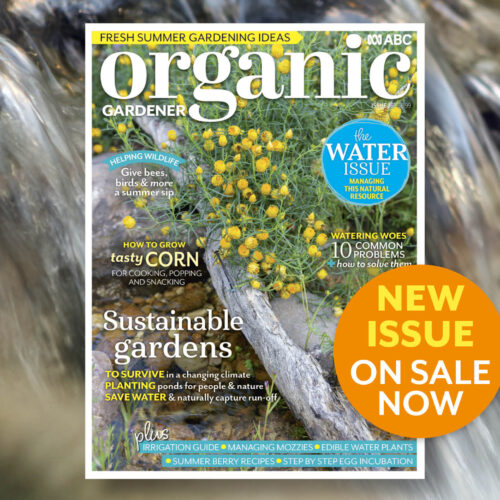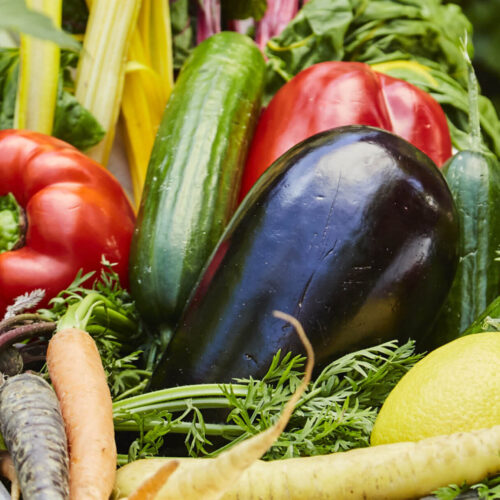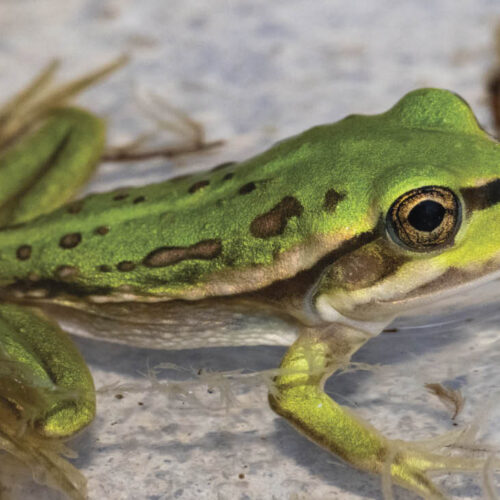Norfolk Island: a living history
2025-06-23T16:02:58+10:00
Norfolk Island has a colourful past that includes convicts and the descendants of mutineers, but it is its natural history that provides inspiration for the future.
When we talk of history, we tend to take note of the many people with stories of adventure and imagination that leave a trail through time, or magnificent buildings with inspired architecture that are left behind as monuments. Norfolk Island has plenty of both, starting with a tour guide who is a descendant of Bounty mutineer Fletcher Christian and started his working life when whales were an important industry for the island, to the UNESCO heritage listed remains of the convict settlement that meted out punishment to the worst of the worst, and a beautiful chapel with a William Morris rose window that was brought over from England in the 1800s.
But it is Norfolk Island’s natural history that captures our imagination on a recent visit: for a small island that covers a total land area of only 35 km2, with no source of water other than what is stored in rain tanks and a water table aquifer, the diversity of the botanic world is a joy for anyone who is invested in helping our environment.
Plants from the past
The Norfolk Island Pine (Araucaria heterophylla) and flax (Phormium tenax) were present on the island when Captain Cook visited in 1774. Both were thought to have potential as ship building material: one to make ship masts, the other for sails. Neither fulfilled the hoped-for tasks but today flax is used culturally for weaving while the pines seeds are a popular food for the endangered green parrot, as well as sought-after ornamental trees.
The Moreton Bay fig trees, which are said to have been planted by settlers rather than endemic like the pines, are another impressive part of the botanical history of the island, which archaeological evidence suggests was inhabited by Polynesian seafarers between the 13th and 15th centuries.
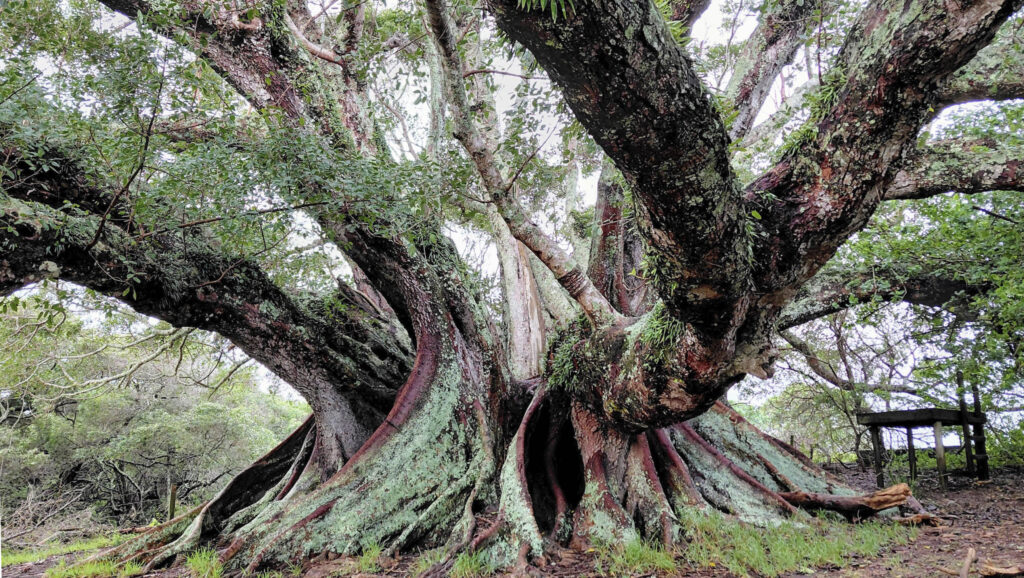
Before European settlement, subtropical rainforest covered almost all of Norfolk Island. Now, Norfolk Island National Park and Botanic Garden contain most of the island’s remaining natural areas. The national park also includes Phillip Island, just 6km south of Norfolk, where regeneration efforts are crucial to protect the seabirds that visit regularly and the restoration of flora that was decimated when pigs, goats and rabbits were introduced in the 1700 and 1800s.
Saving threatened species
Native plants such as the critically endangered Broad-leafed Meryta (Meryta latifolia) and Forest Achyranthes (Achyranthes arborescens) are threatened by habitat loss and invasive species. With the help of funding from the Department of Climate Change, Energy, the Environment and Water’s Saving Native Species Program the Norfolk Island National Park team are successfully propagating local species to help restore their presence on the island.
Another challenge is weed management as the island has a number of invasive species including lantana and red guava. Removing weed infestations and revegetating the cleared sites with native and endemic species is a major ongoing project for the Norfolk Island National Park team.
Unfortunately, they have also had to put in place programs to control rodents, which are not native to Norfolk Island. Feral cats are also a threat to vegetation and the need for control recognised, even though the number of free-roaming cats isn’t clear.
How visitors can help
Norfolk Island has very strict biosecurity regulations, and it is easy to understand why when you realise flora and fauna can be put at risk. When entering park areas it is likely you will see shoe and boot scrubbing stations, which help to remove debris and potential pathogens. Other suggestions from the Invasive Species Council:
- Avoid clothes or footwear that capture weed seed.
- Keep to walking tracks to avoid spreading diseases into untracked areas, especially on wet ground.
For more information visit Norfolk Island National Park.

